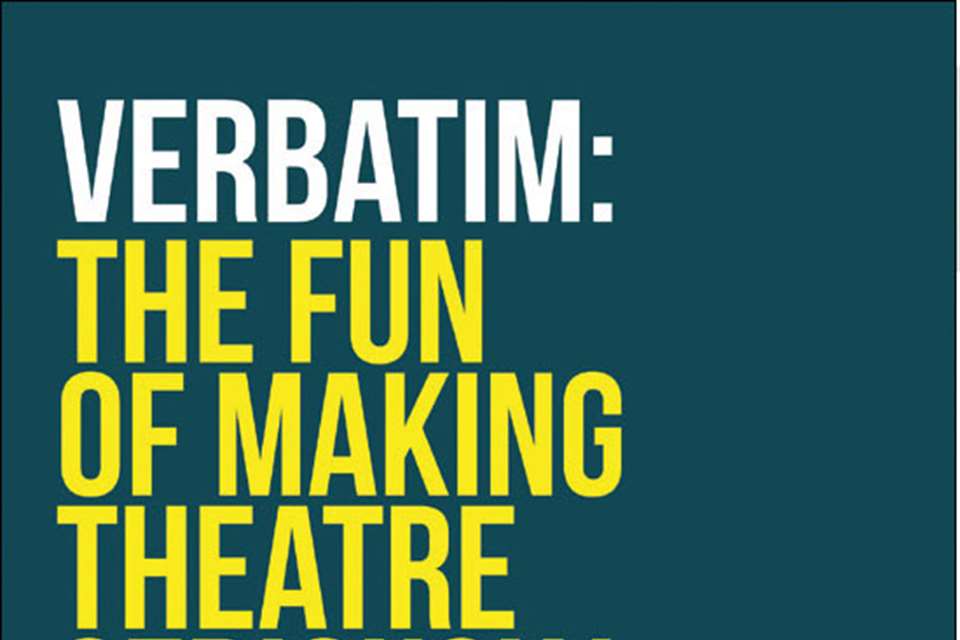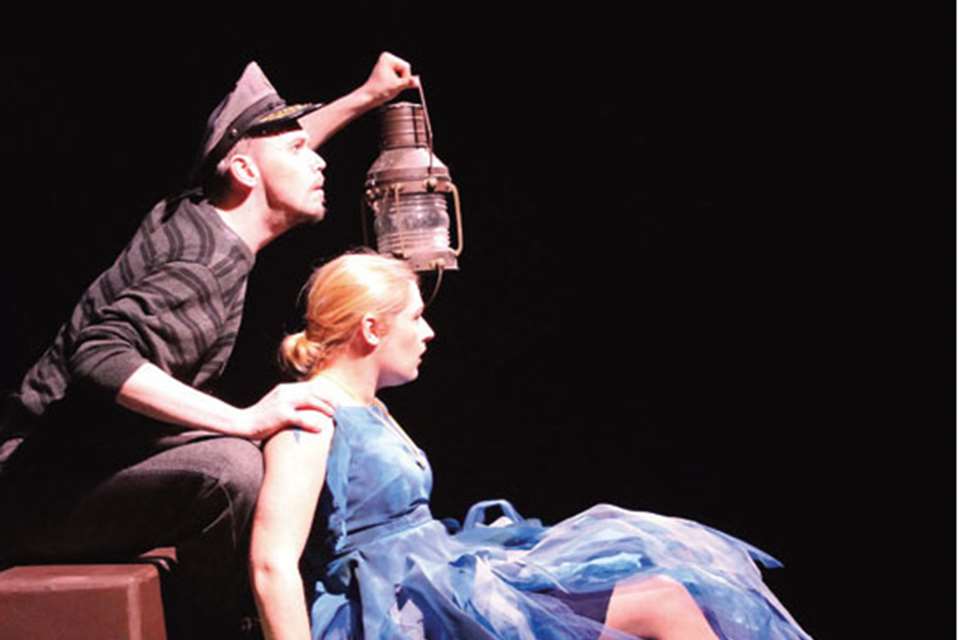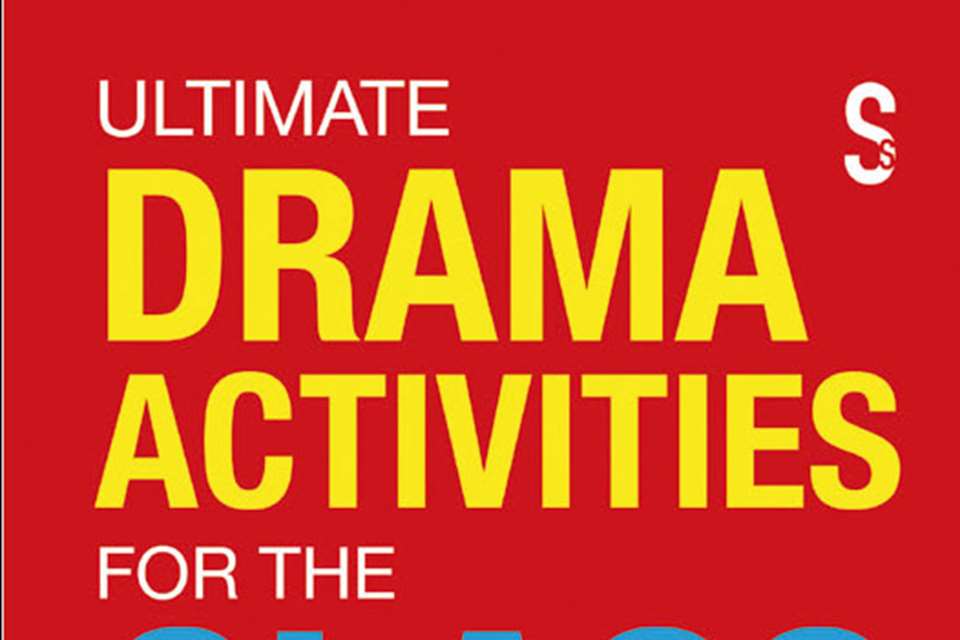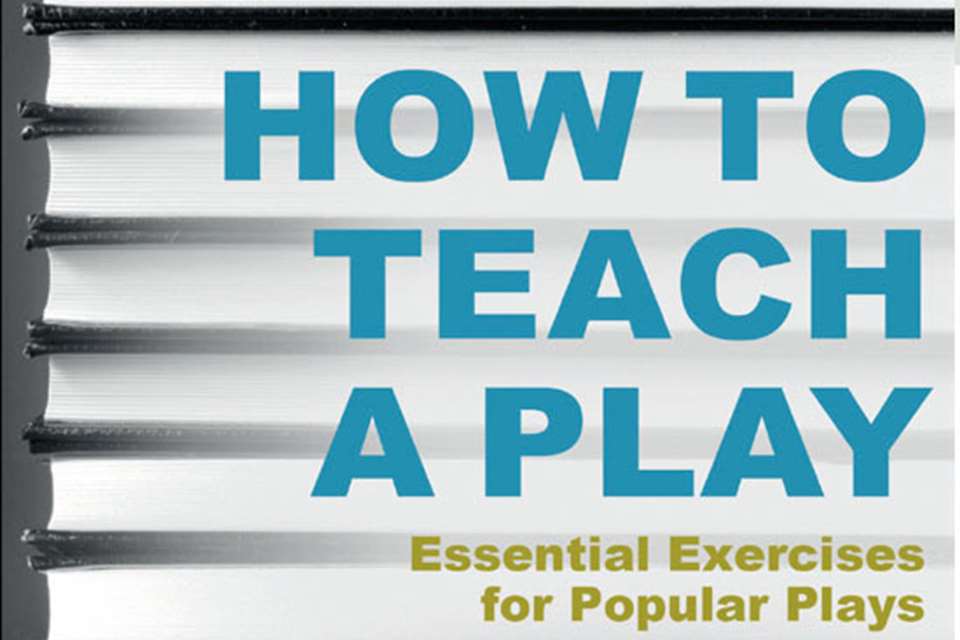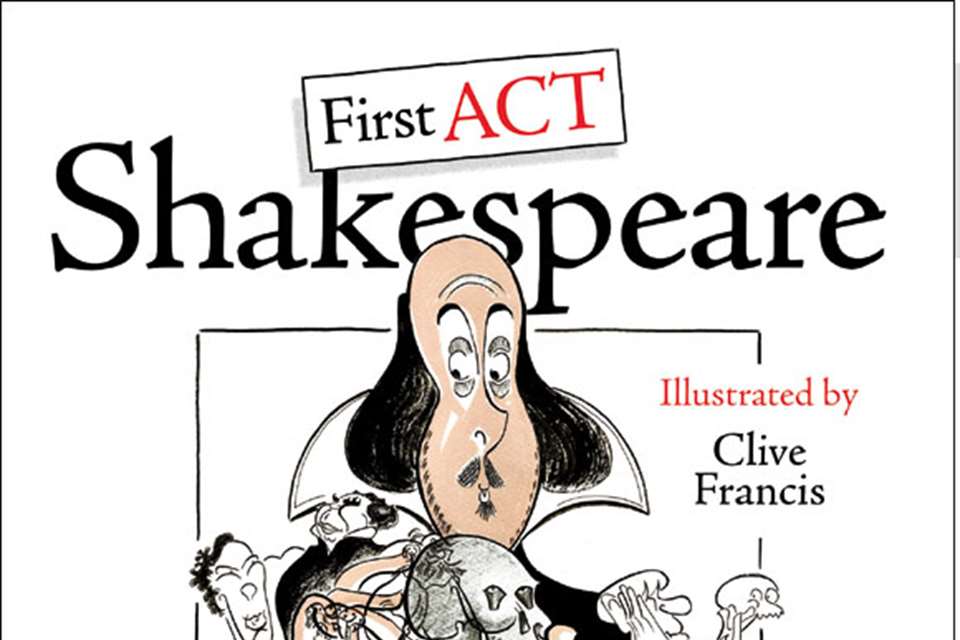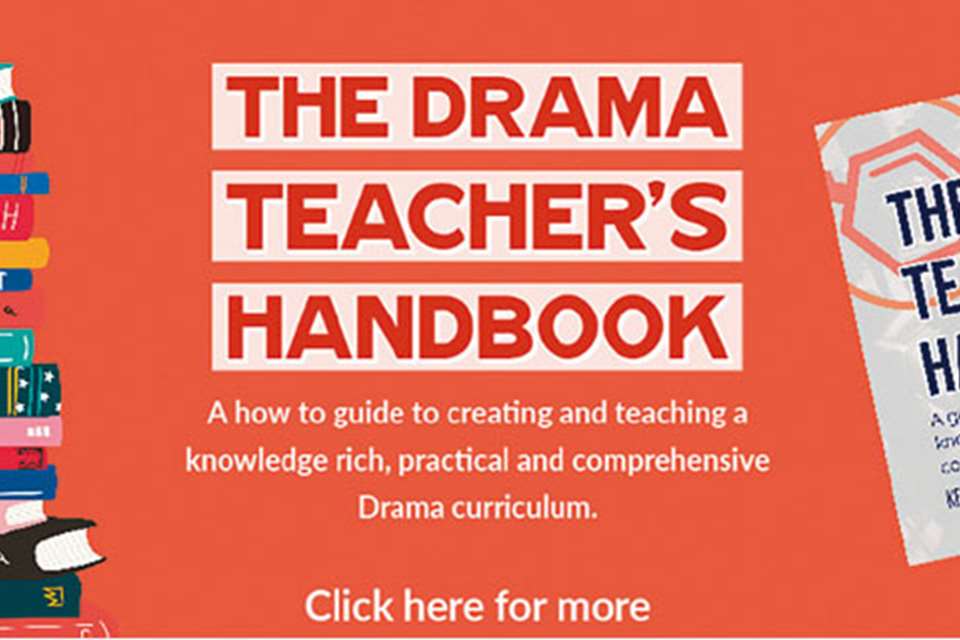Book Reviews: A Teacher's Guide to Musical Theatre
Aimee McGoldrick
Tuesday, February 1, 2022
Aimee McGoldrick reviews A Teacher's Guide to Musical Theatre by Kenneth Pickering and David Henson, published by Methuen Drama.
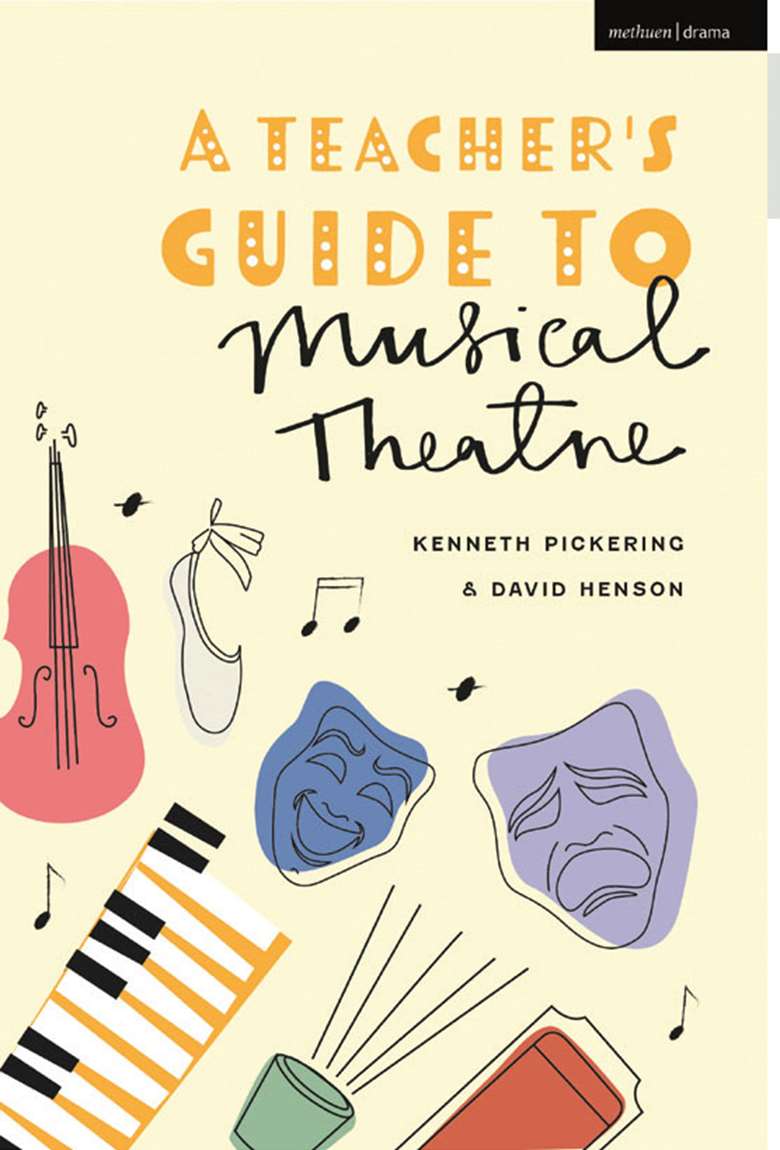
A helping hand for teachers embarking on central bases of music theatre with their students
A Teacher's Guide to Musical Theatre by Kenneth Pickering and David Henson provides 12 lessons for musical theatre classes. The book is aimed at those teaching young people who have opted to take their study of musical theatre further. The book outlines a topic for each lesson and the various tasks required to compete said topic (with the view that a lesson would take approximately three hours).
There are fantastic ideas for lessons; one lesson titled ‘Patter and Rap’ studies The Mikado and Sondheim's Pacific Overtures and the way in which rap could be performed in these productions. The lesson then goes on to look at Lin Manuel Miranda's Hamilton. The diverse choice of material and the study of patter and rap provides a fresh feel to the study of musical theatre teaching. The lesson's final task asks the students to look at Pyramus and Thisbe's conversation from A Midsummer Night's Dream, and then to create the scene in a rap style. The task is innovative, interesting and offers the opportunity for students to take this famous piece of spoken dialogue and turn it into something new.
There are various useful components to the book: the inclusion of sheet music, suggested examples to share with students and the quiz style sample test questions at the end of each topic. The book is thorough and vast in the areas it covers. The lessons are individual and do not follow a thread.
Arguably the stand-alone style of the book allows the teacher to spend longer on a particular section, for example ‘Where did it all start?’; the origins of musical theatre is often a unit of study in its own right and a three-hour lesson could probably only provide a potted snapshot. To further enhance the usefulness of the book, Pickering and Henson could have provided ideas for further areas of study so that each ‘lesson’ could act as a springboard for units of work; culminating in a bigger assessment at the end to demonstrate a deeper understanding of the breadth of material.
In summary, A Teachers Guide to Musical Theatre would be a useful addition to a teacher's bookshelf. With lots of interesting lesson suggestions, it could only be improved by a ‘next-step’ section.



